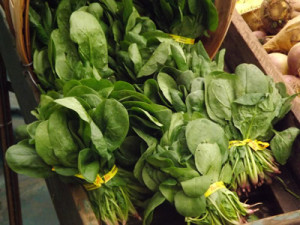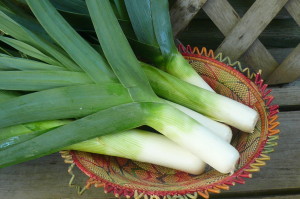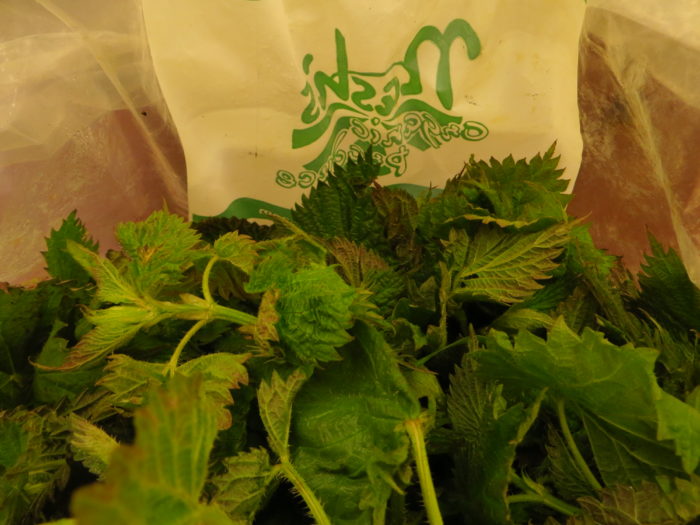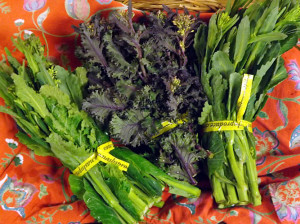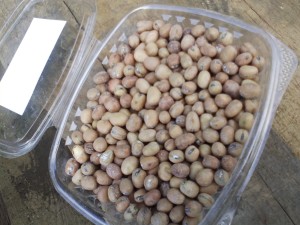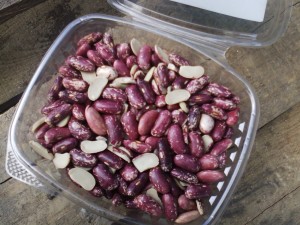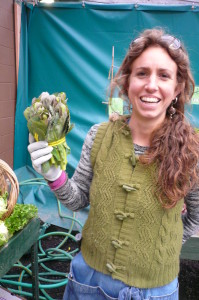1 large chicken breast
1 tablespoons grape seed oil or cooking oil
Small pinch fresh cut culinary herbs like rosemary, thyme or basil
1 bunch arugula
1 bunch mizuna
1 1/2 savoy or leafy cabbage
1/2 bunch spinach
Vinaigrette Dressing
2 tablespoons sherry vinegar
1 tablespoons fresh lime juice
1 tablespoons minced shallots
1 tablespoons chopped thyme
1 tablespoons chopped parsley
1 clove garlic, minced
1 teaspoon maple syrup
3/4 cup olive oil
Grill chicken in a skillet with salt. Cook until golden brown and well done. Toss in herbs last. Set aside to cool, then slice thinly into small strips.
Prepare greens by chopping them into bite-size pieces and submerging them into a filled sink of cold water. Gently move greens around to wash off any garden dirt. Then spin dry or lay greens on a kitchen towel to dry. Mix all ingredients for the vinaigrette dressing, drizzle on the greens and top with the chicken.
Have you tried this recipe? Tell us how it turned out!

